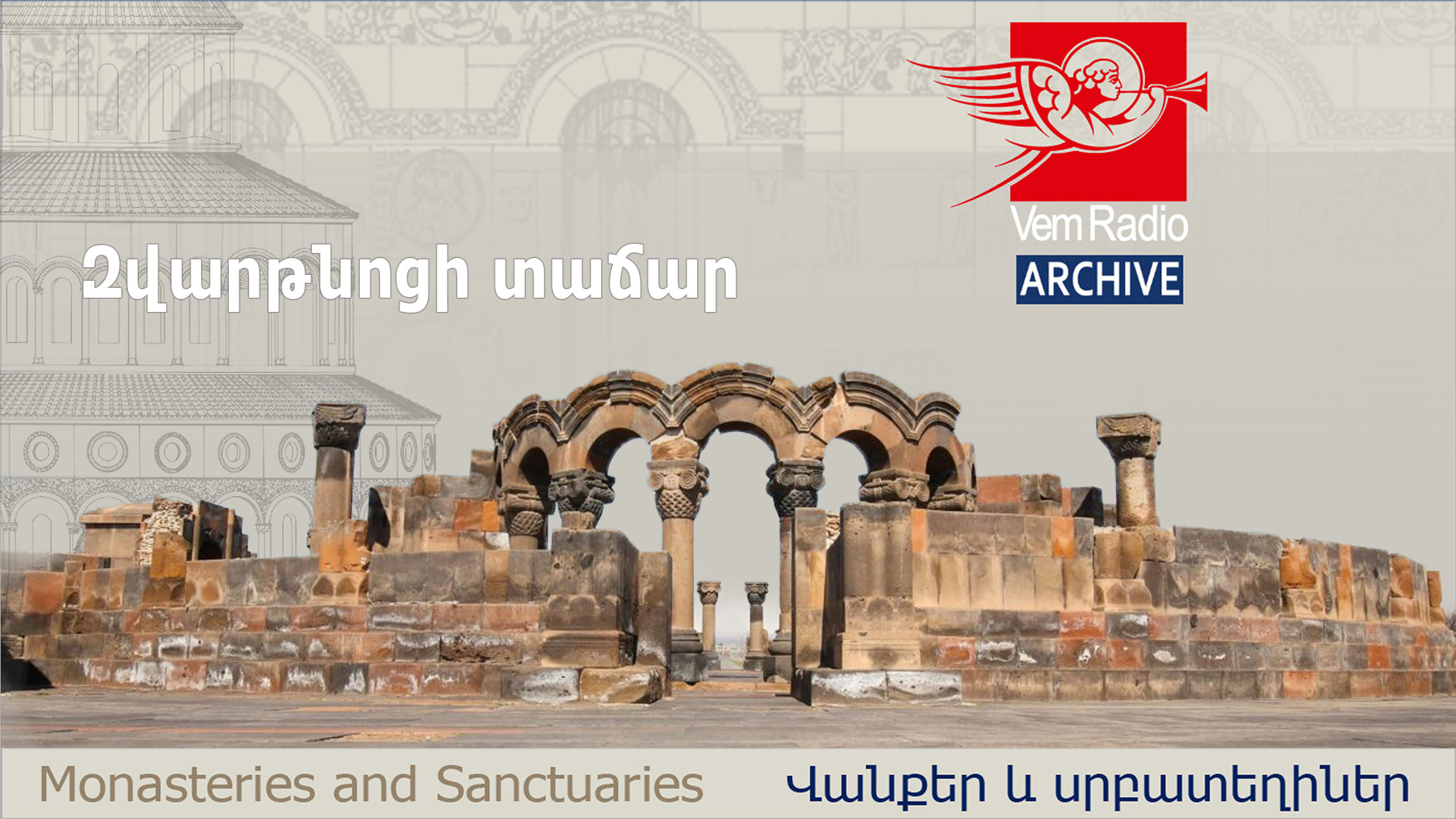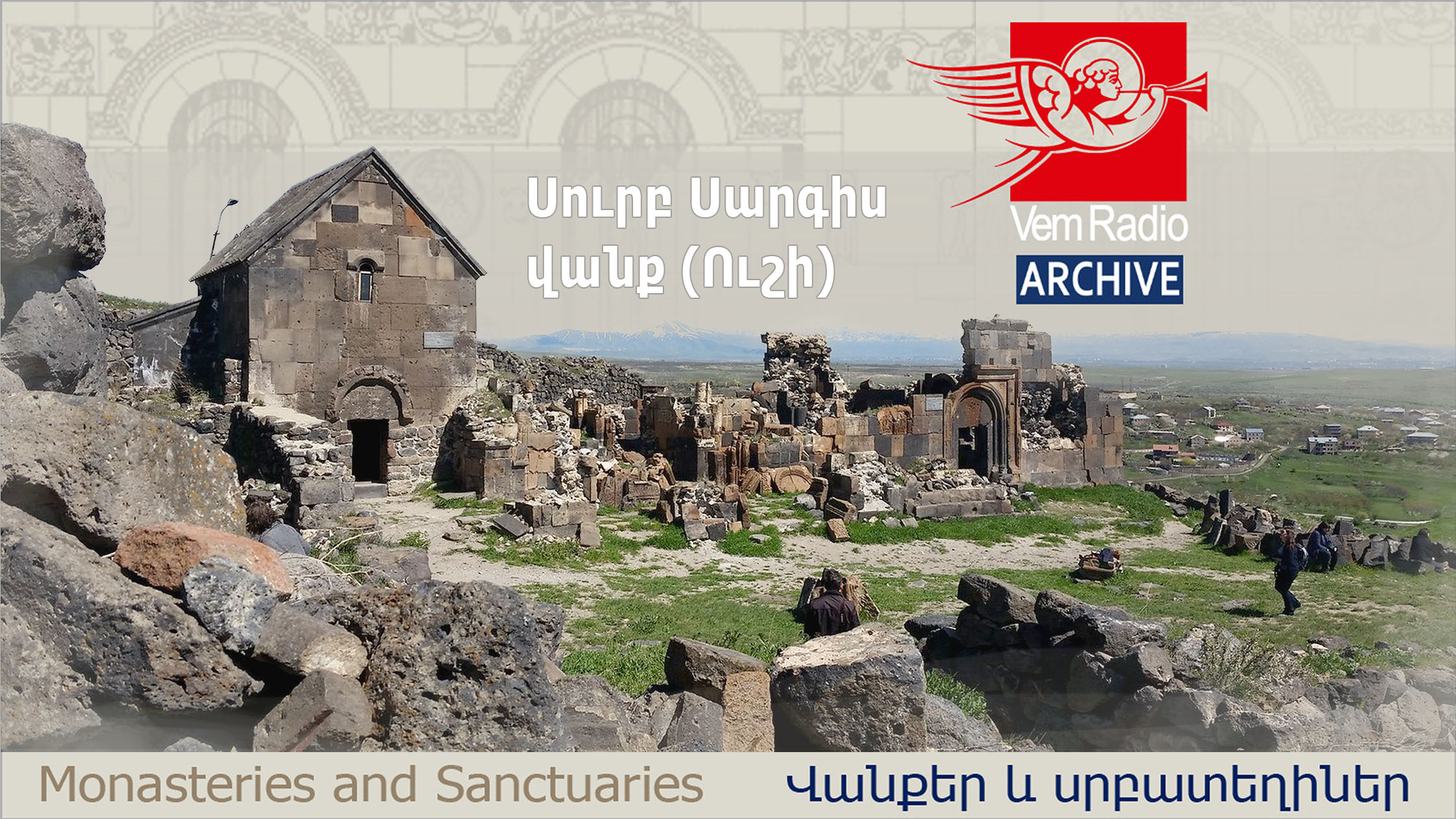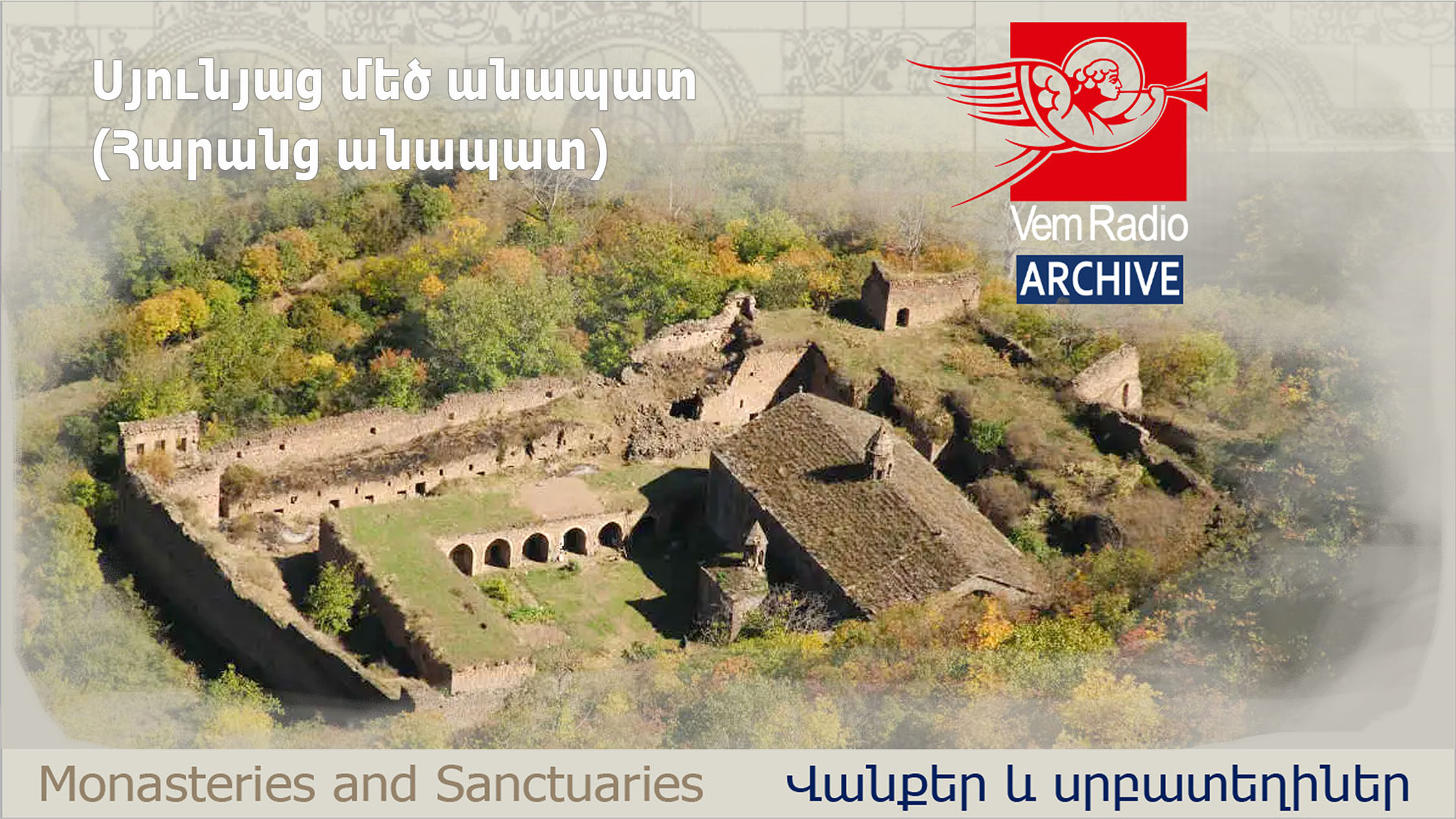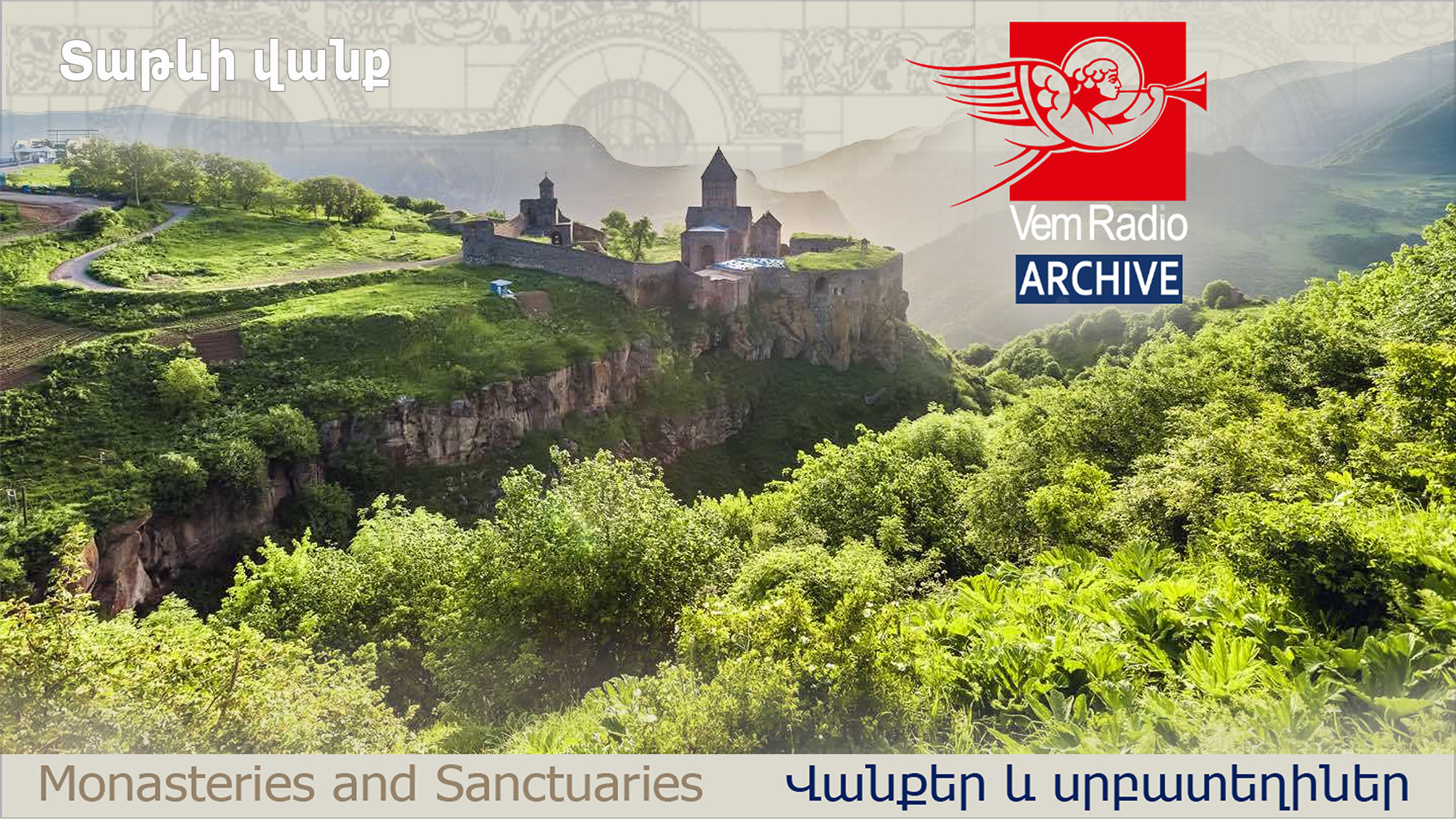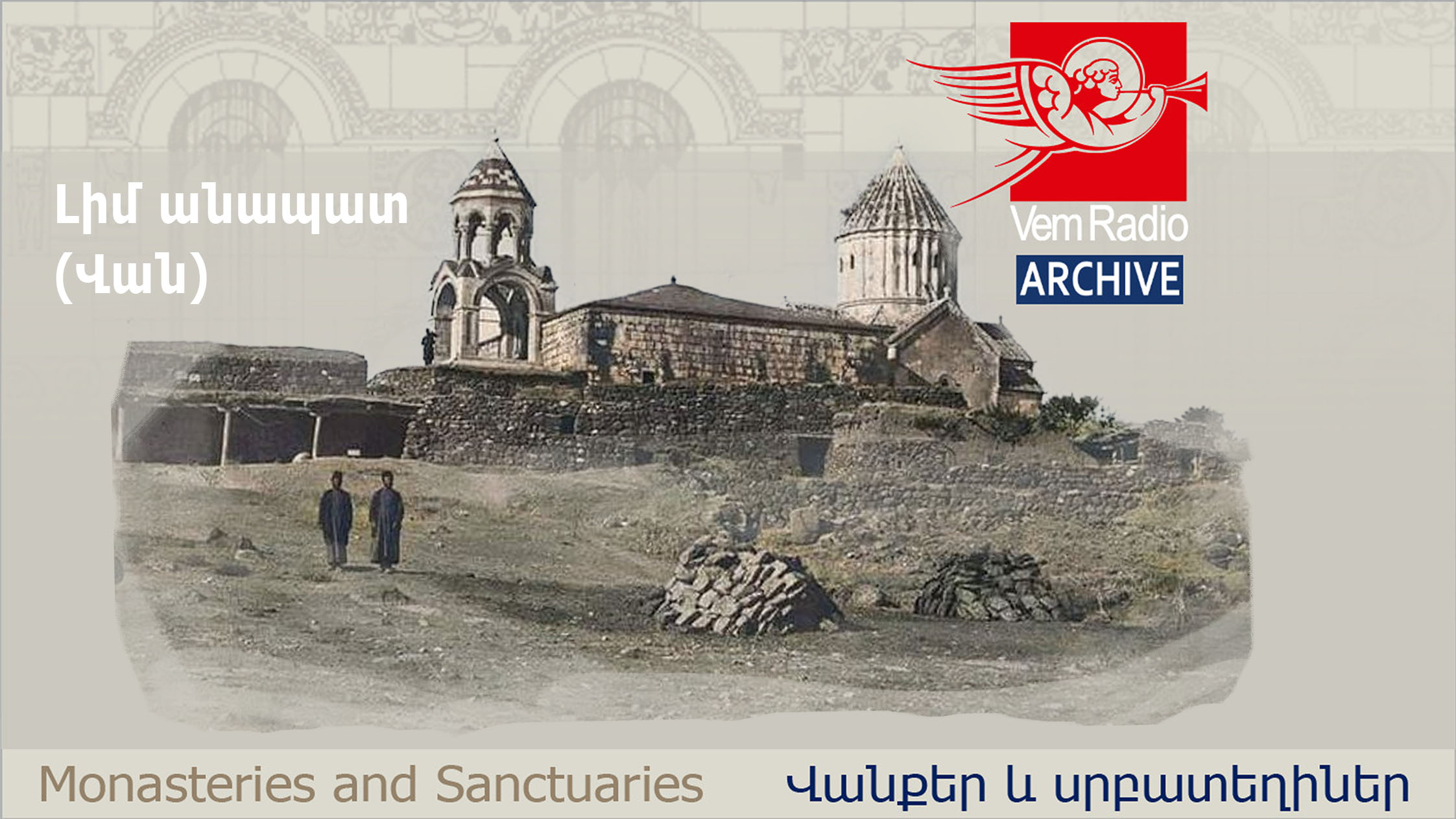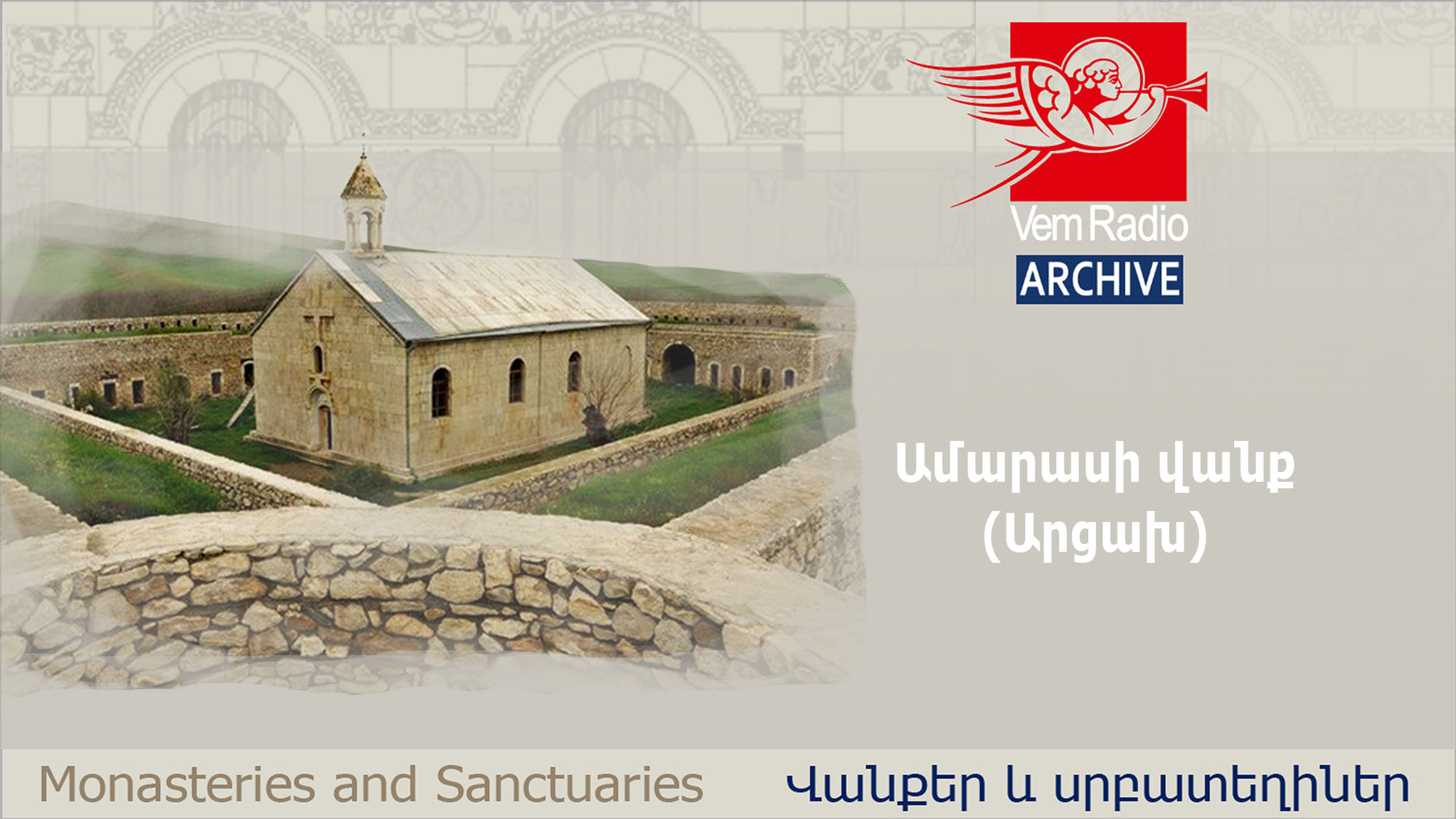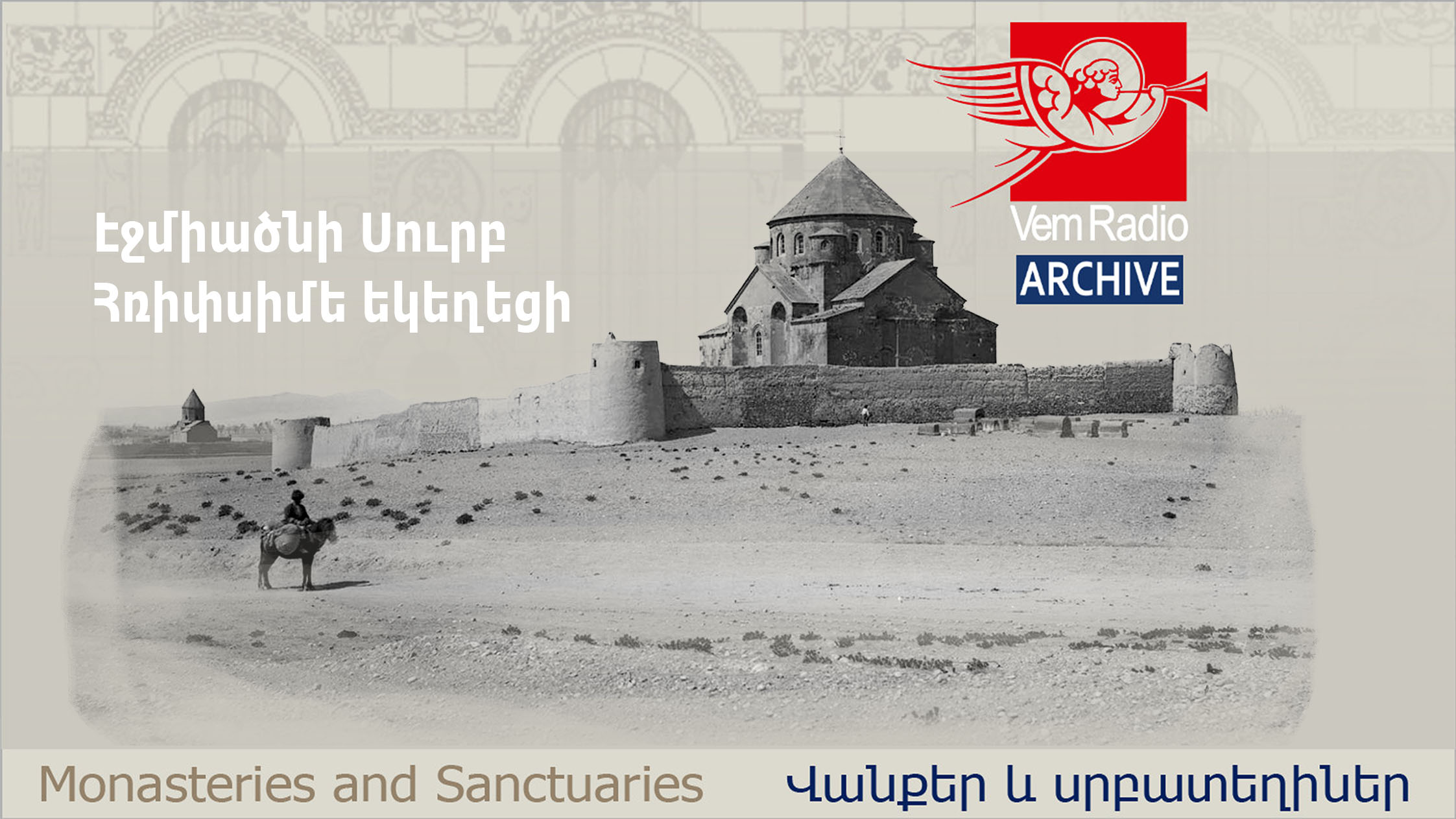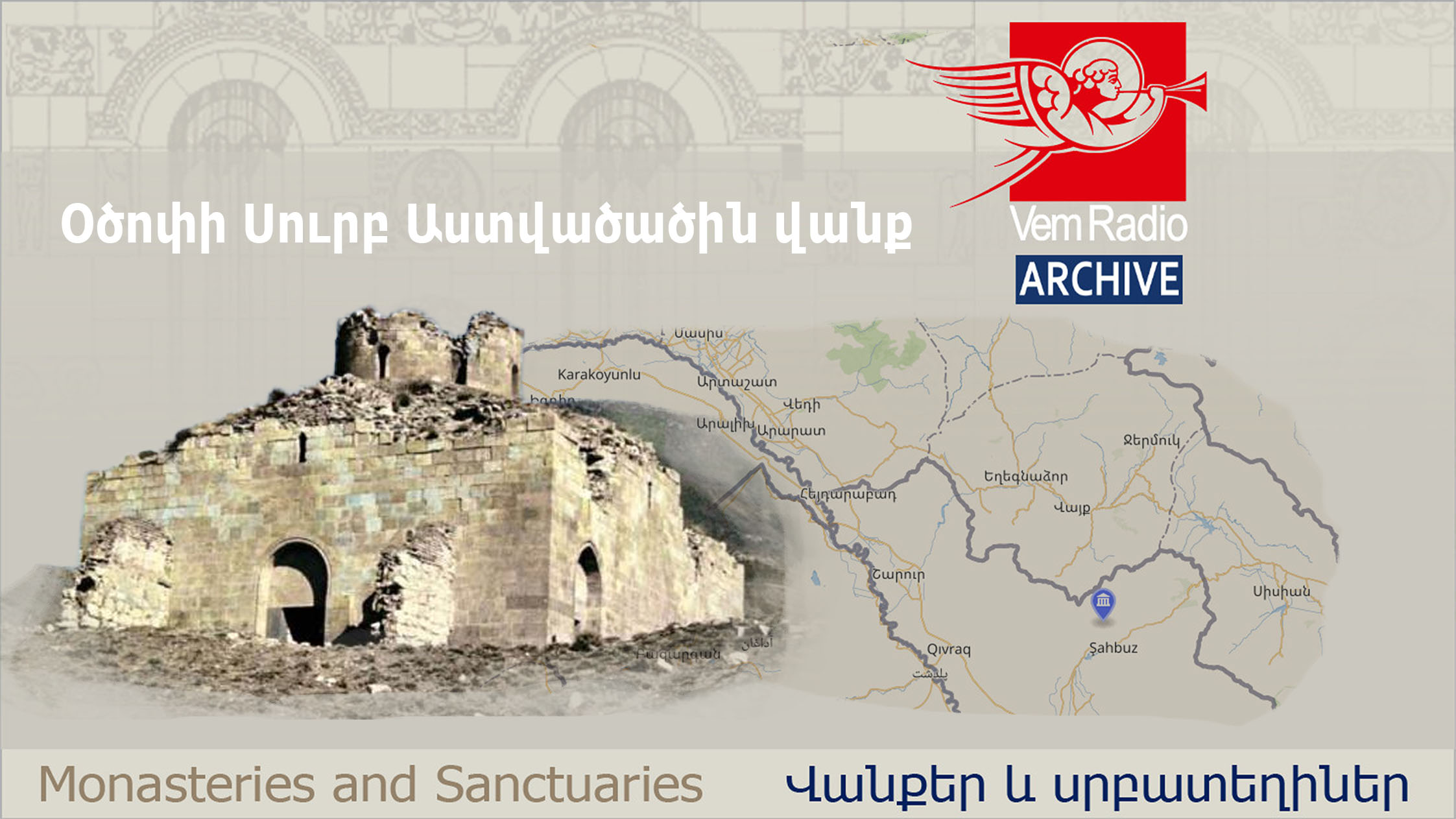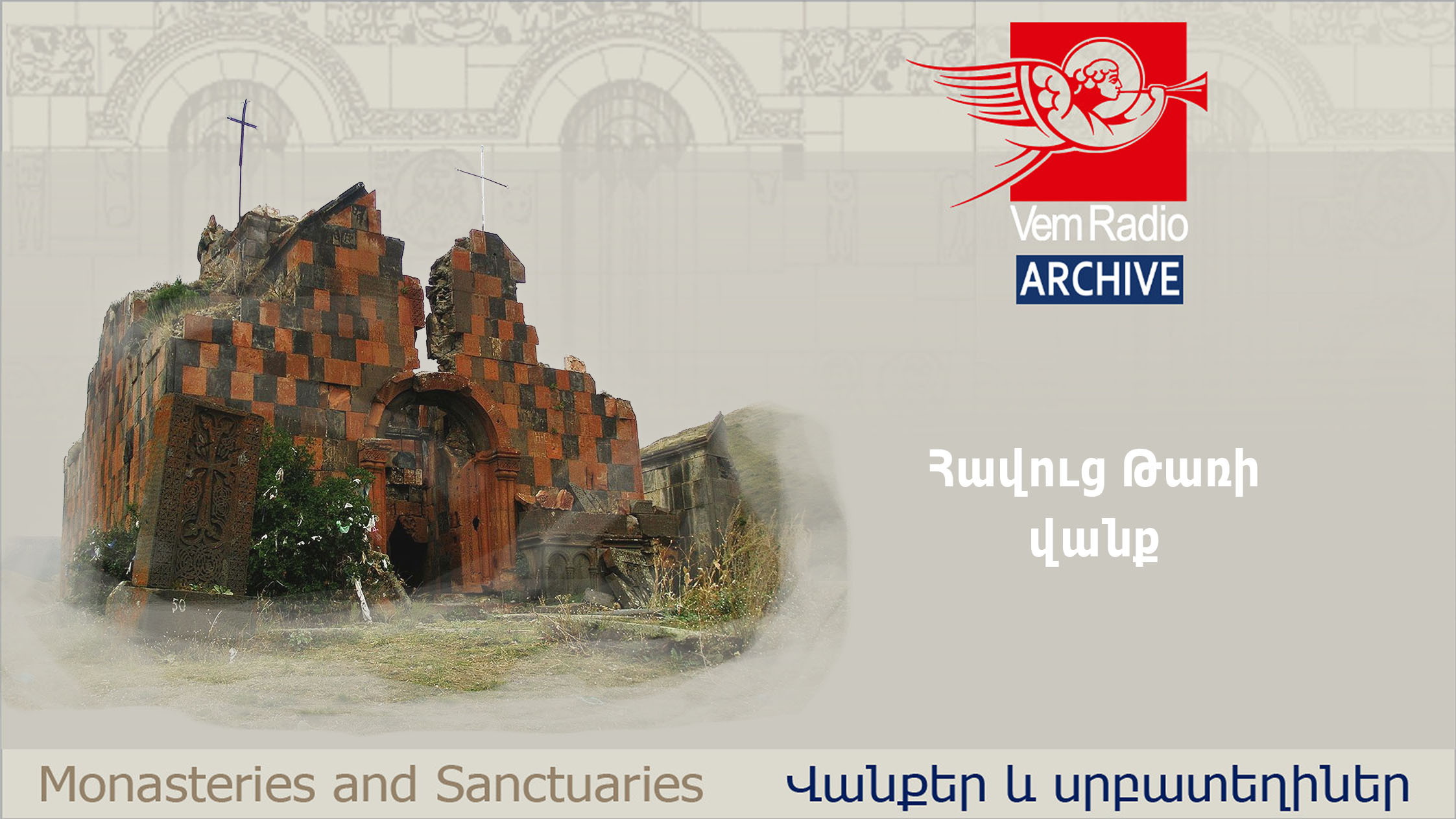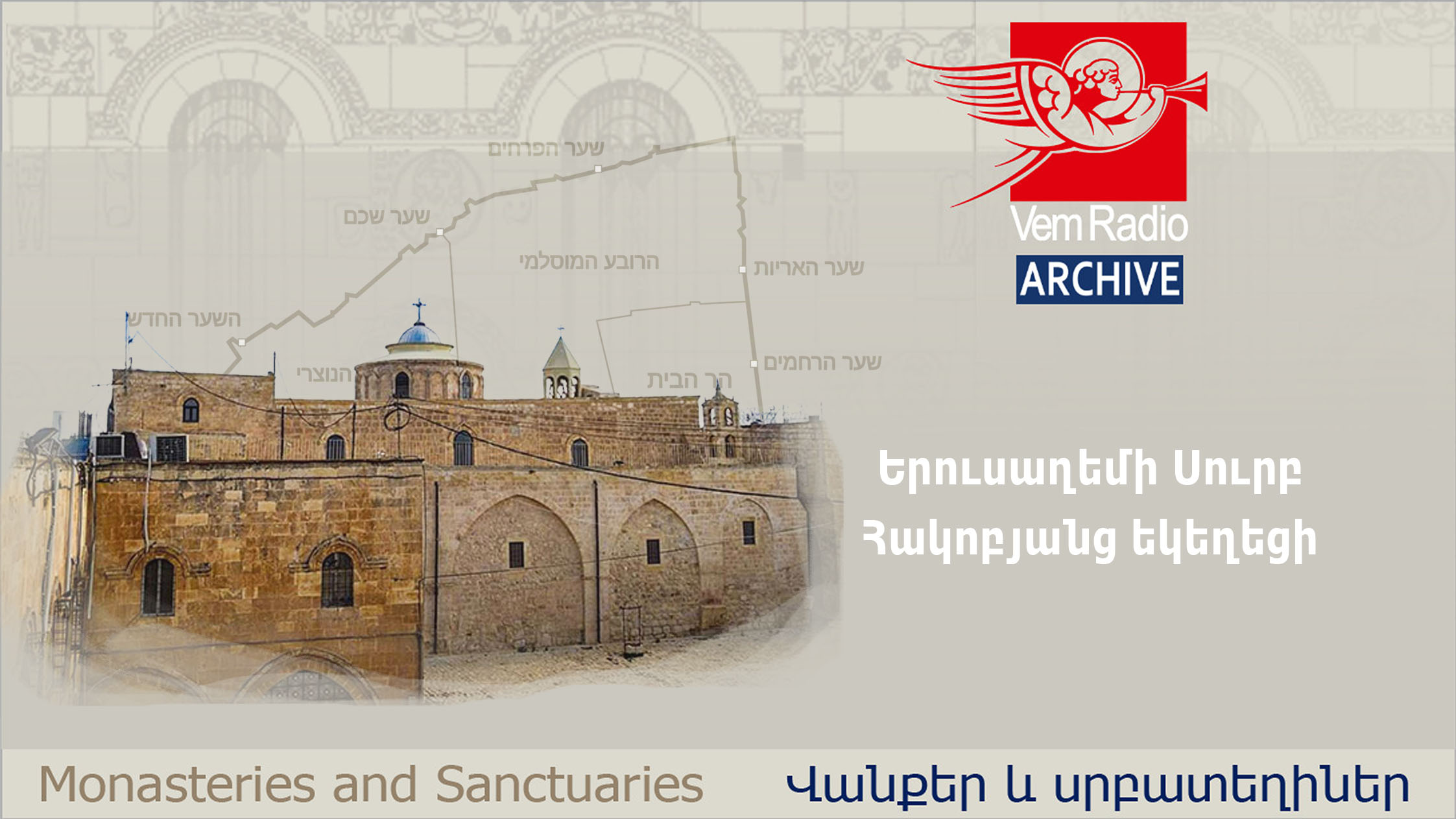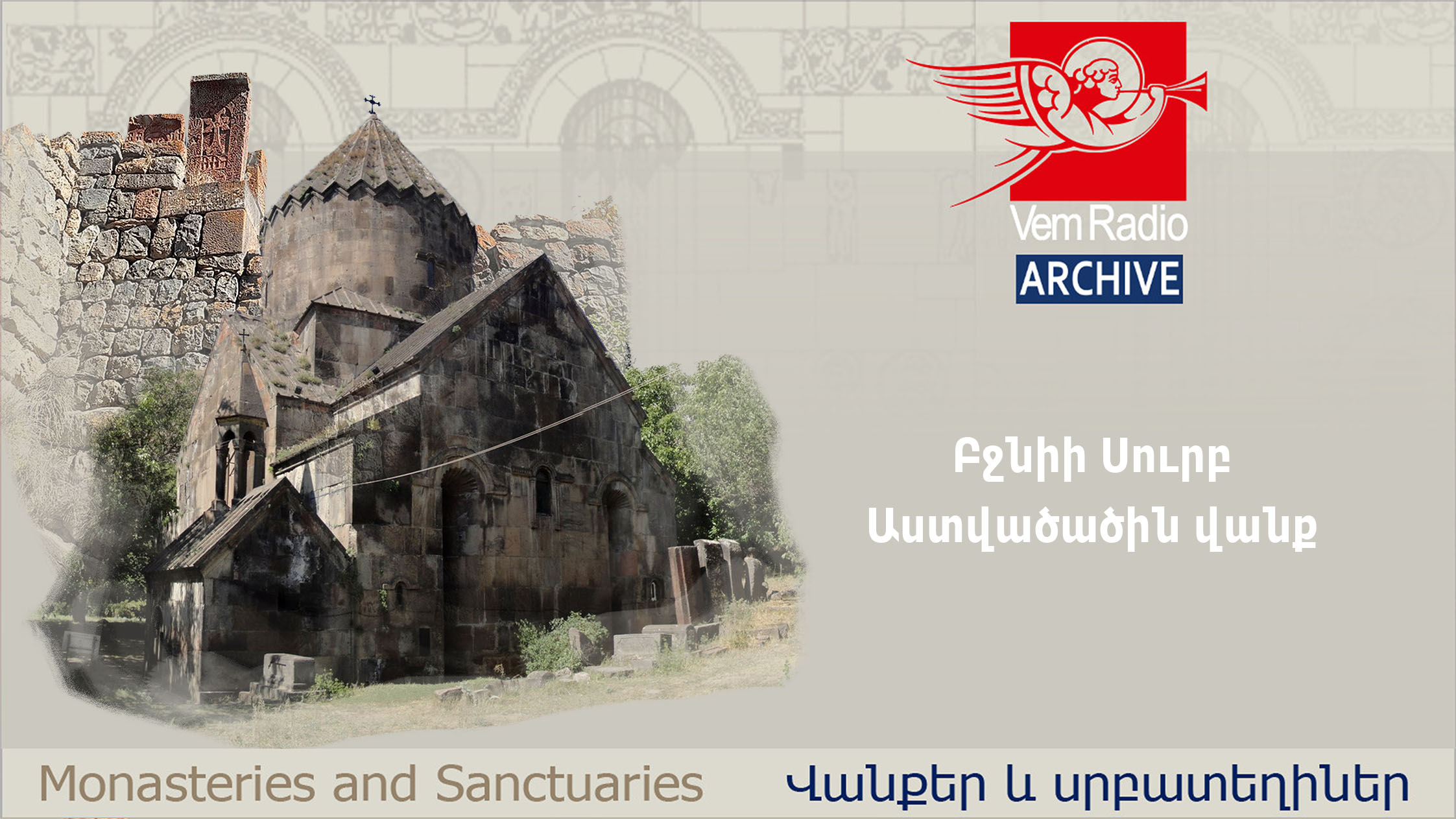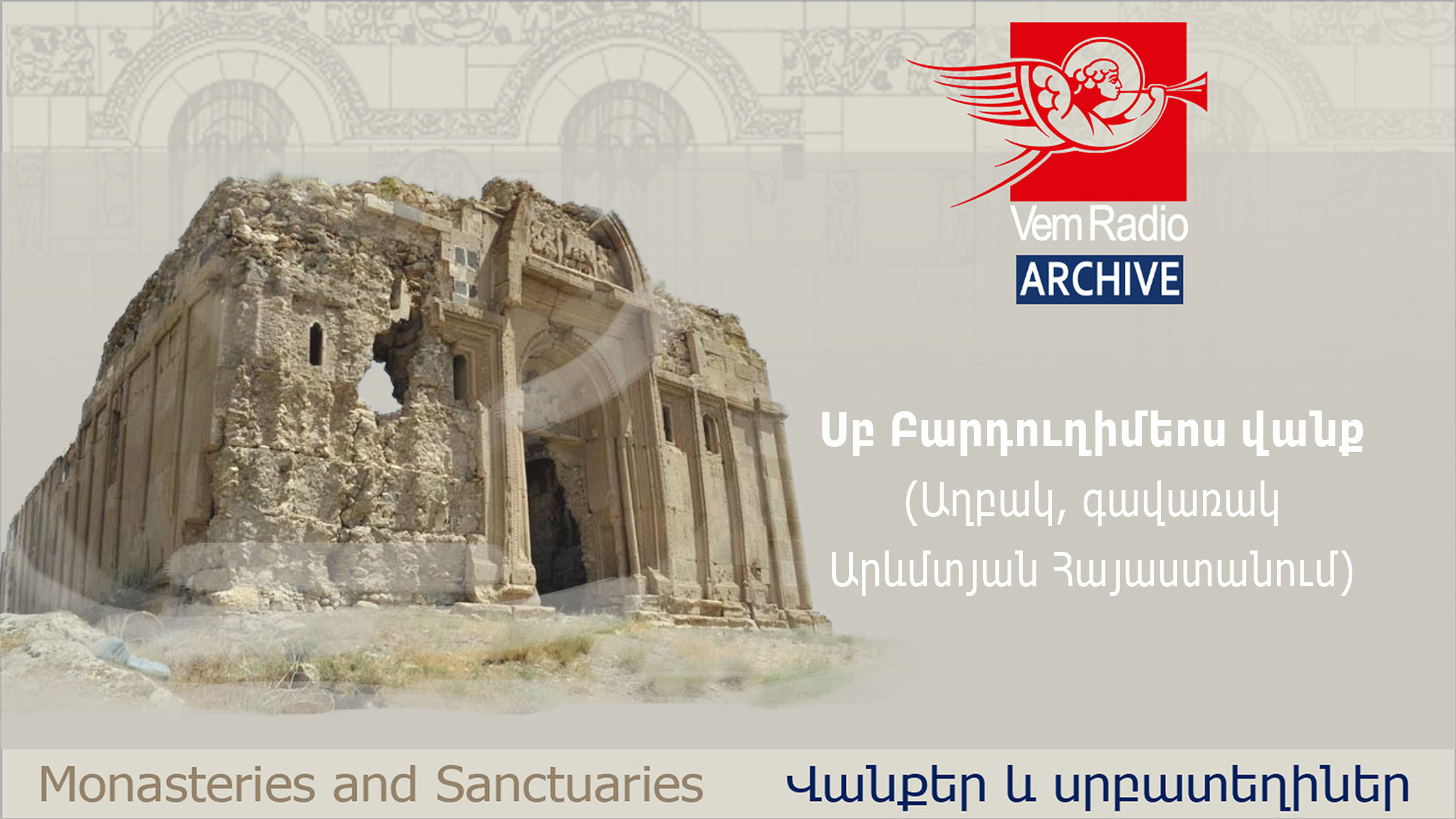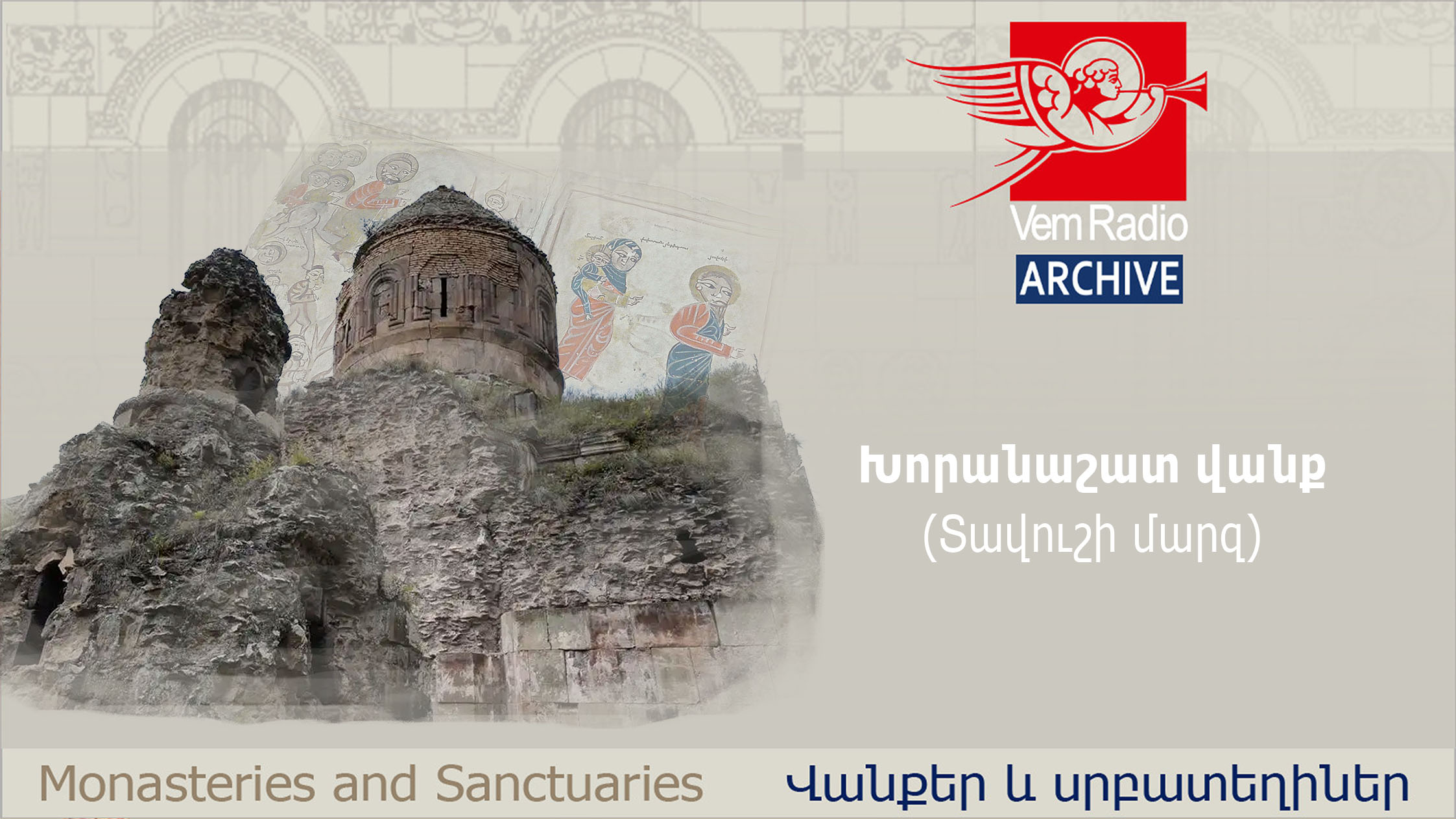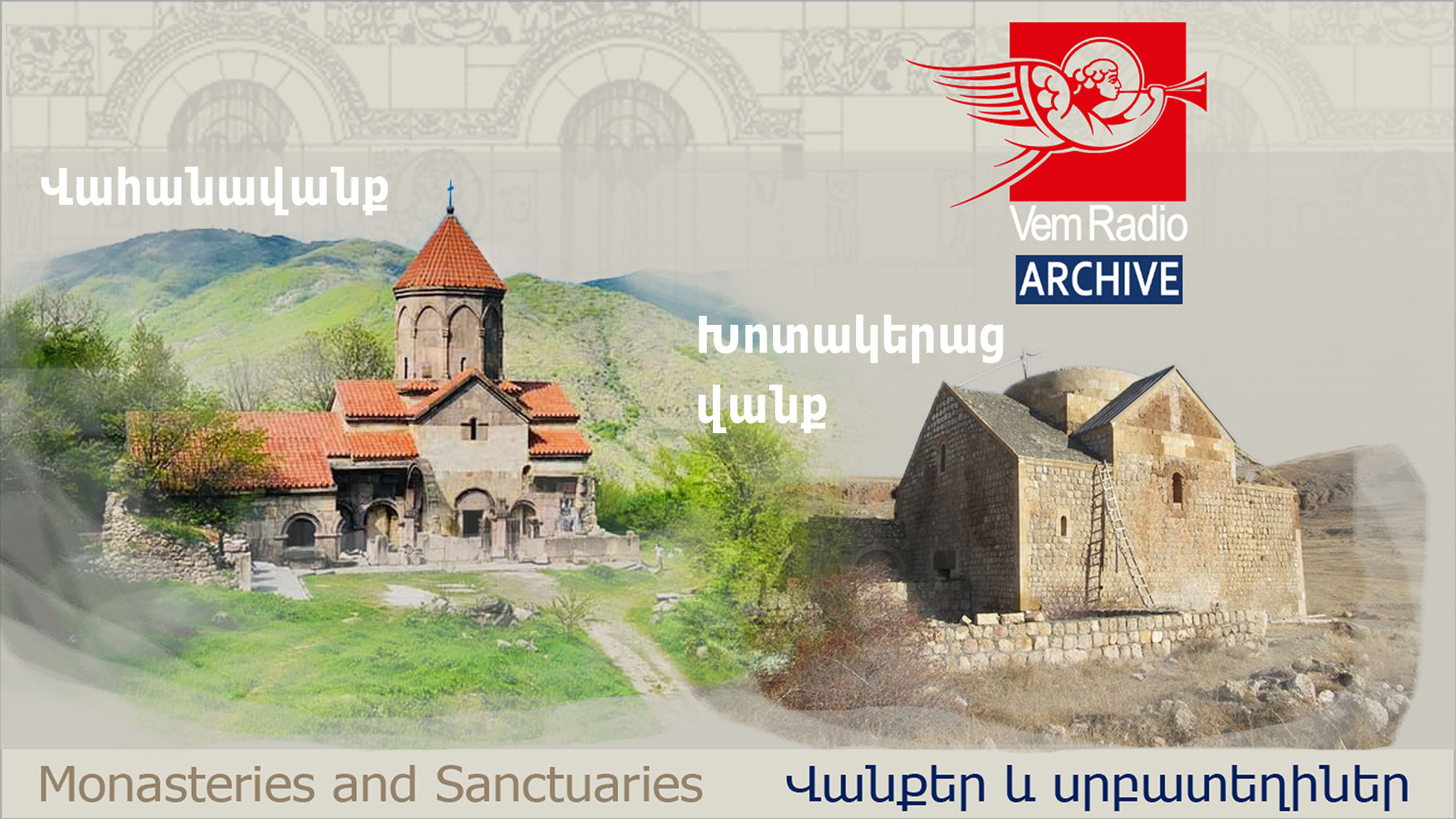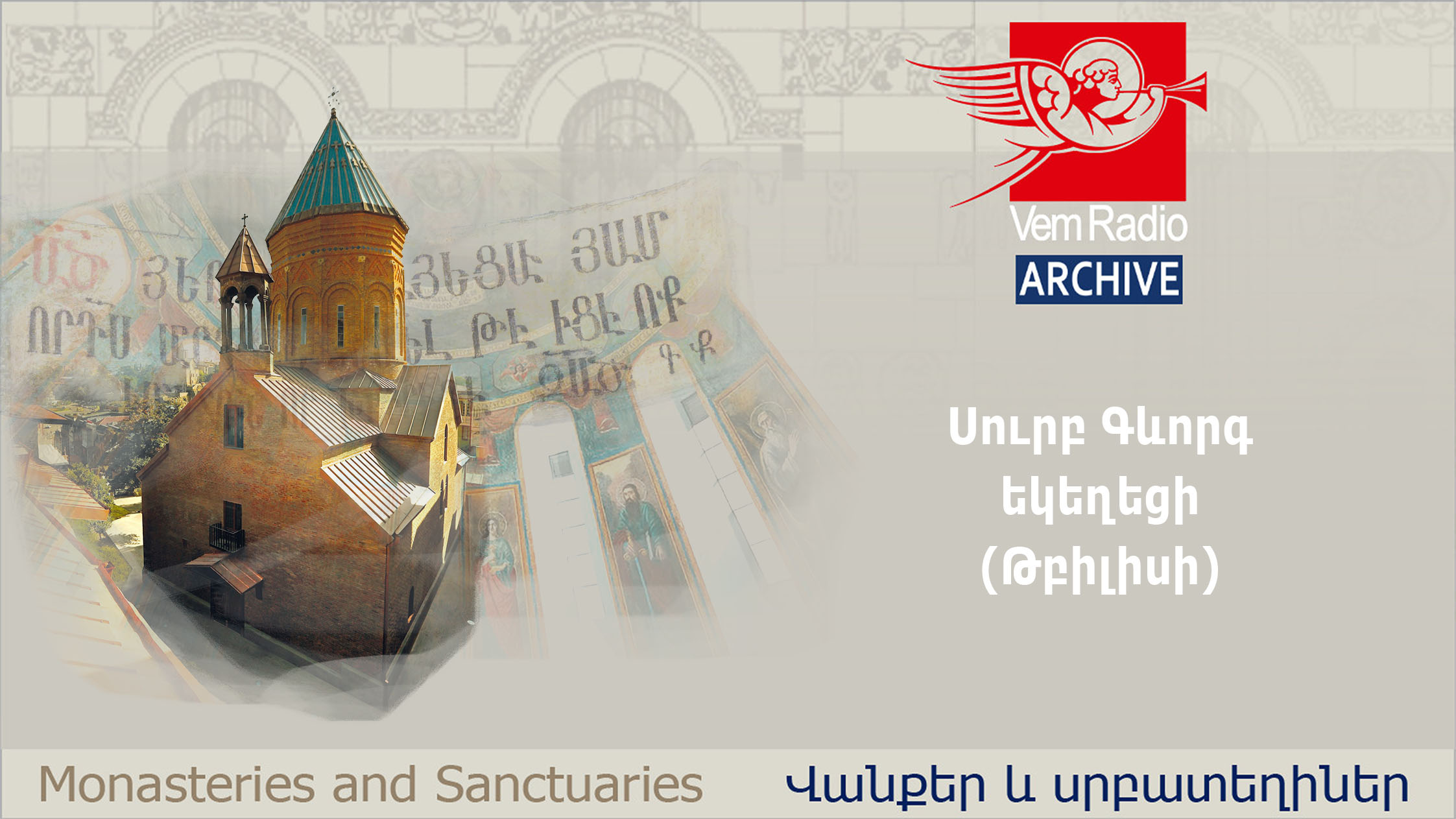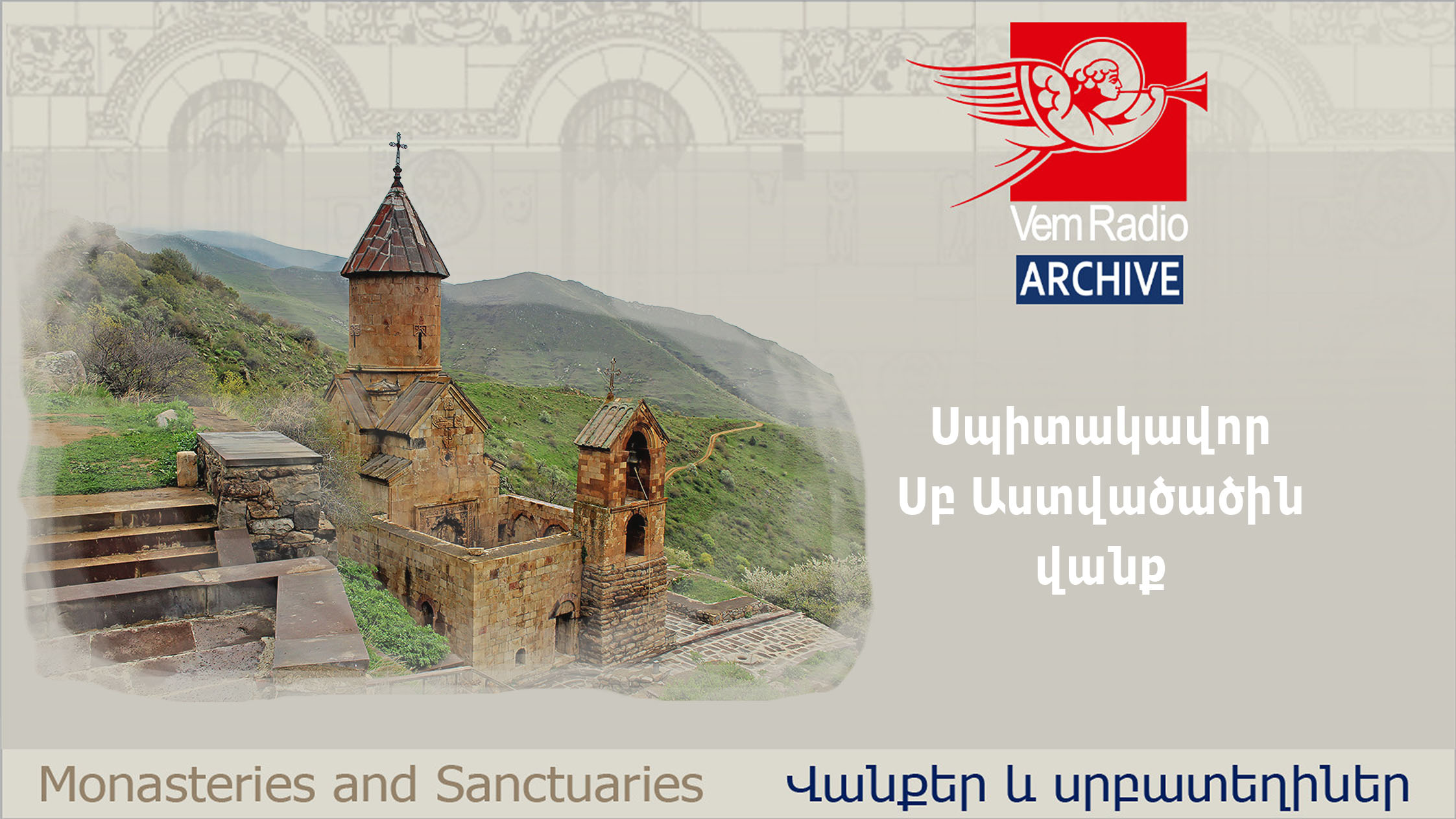
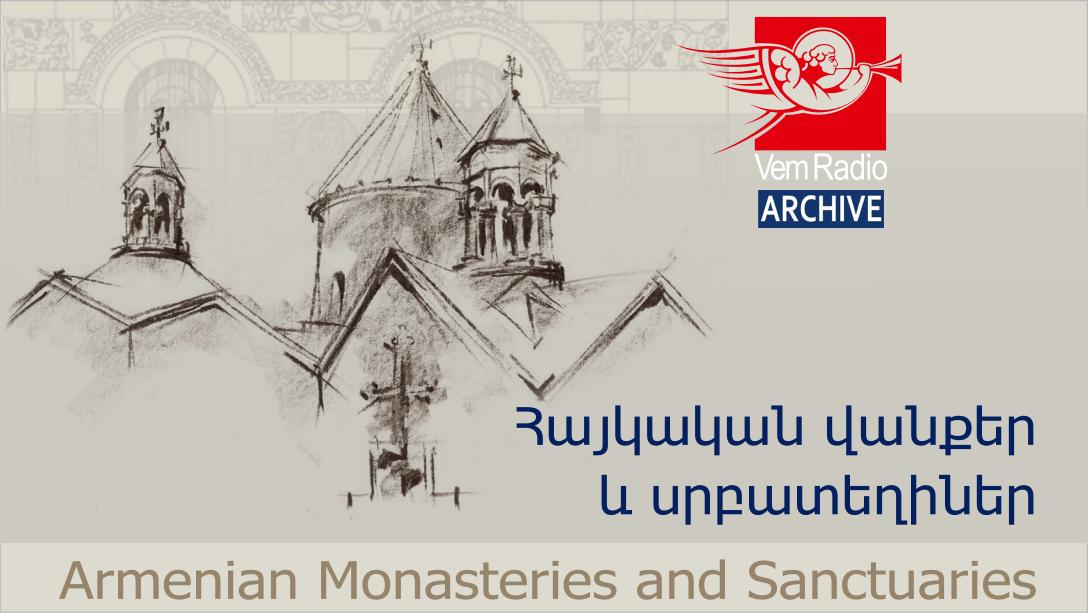
Armenian Monasteries and Sanctuaries
Throughout the centuries, Armenian monasteries have played a great role in the spiritual, cultural and political life of the Armenian people. These holy sites are recognized not only as centers of prayer, but also as scriptoriums where numerous works and translations were scripted, hand-copied and passed on to generations to come. Many of the church complexes represent magnificent and inimitable samples of the Armenian ancient and medieval architecture.

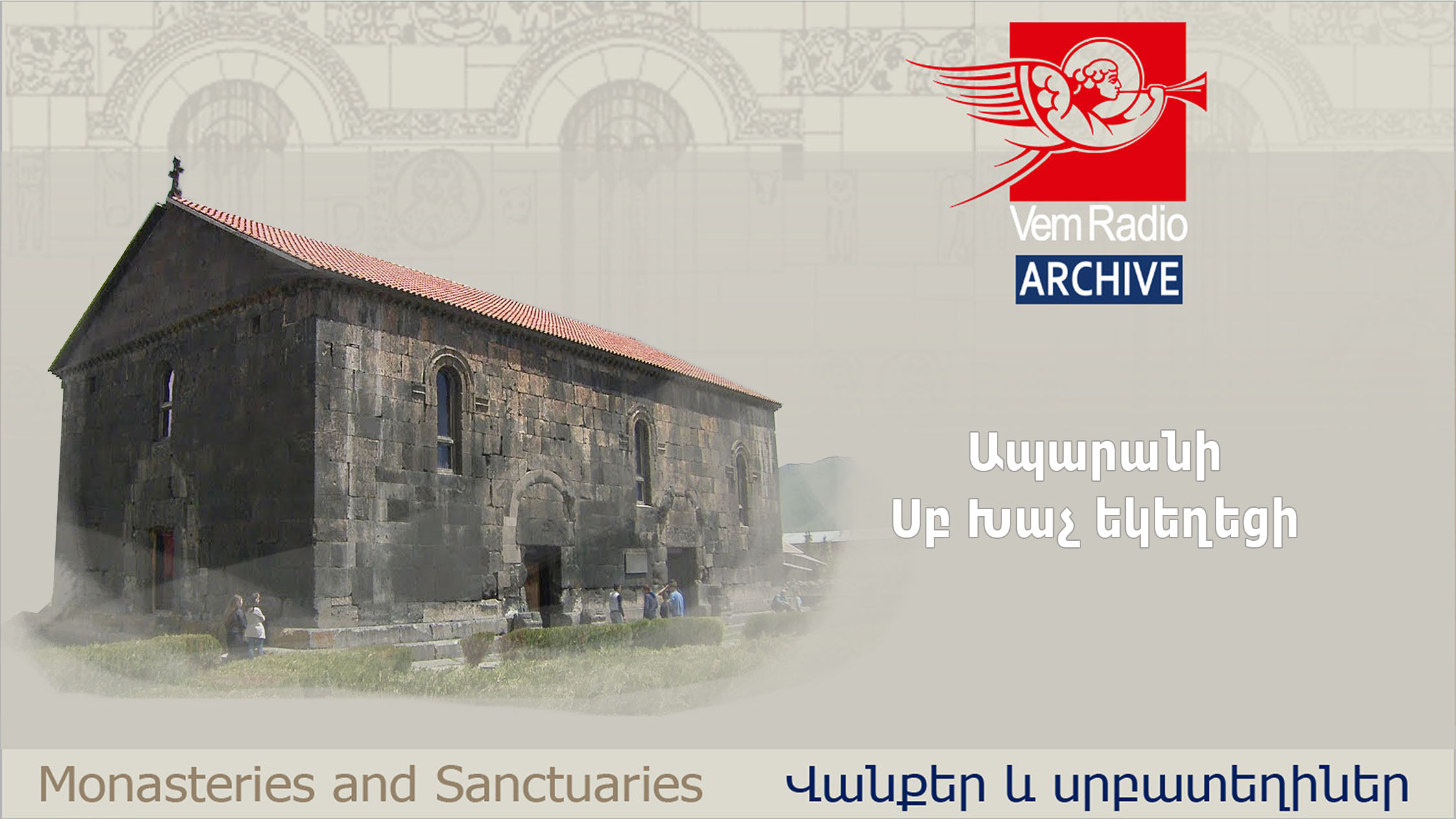
The Holy Cross Church of Aparan
It is believed that the Church of the Holy Cross was built in the 4th century by the Gntuni princes. It is located in the town of Aparan, Aragatsotn Marz of Armenia. The church was renovated in 1877. It received its name from the particle of the Holy Cross that was once kept inside the church.

